Complete Information About Back Pain
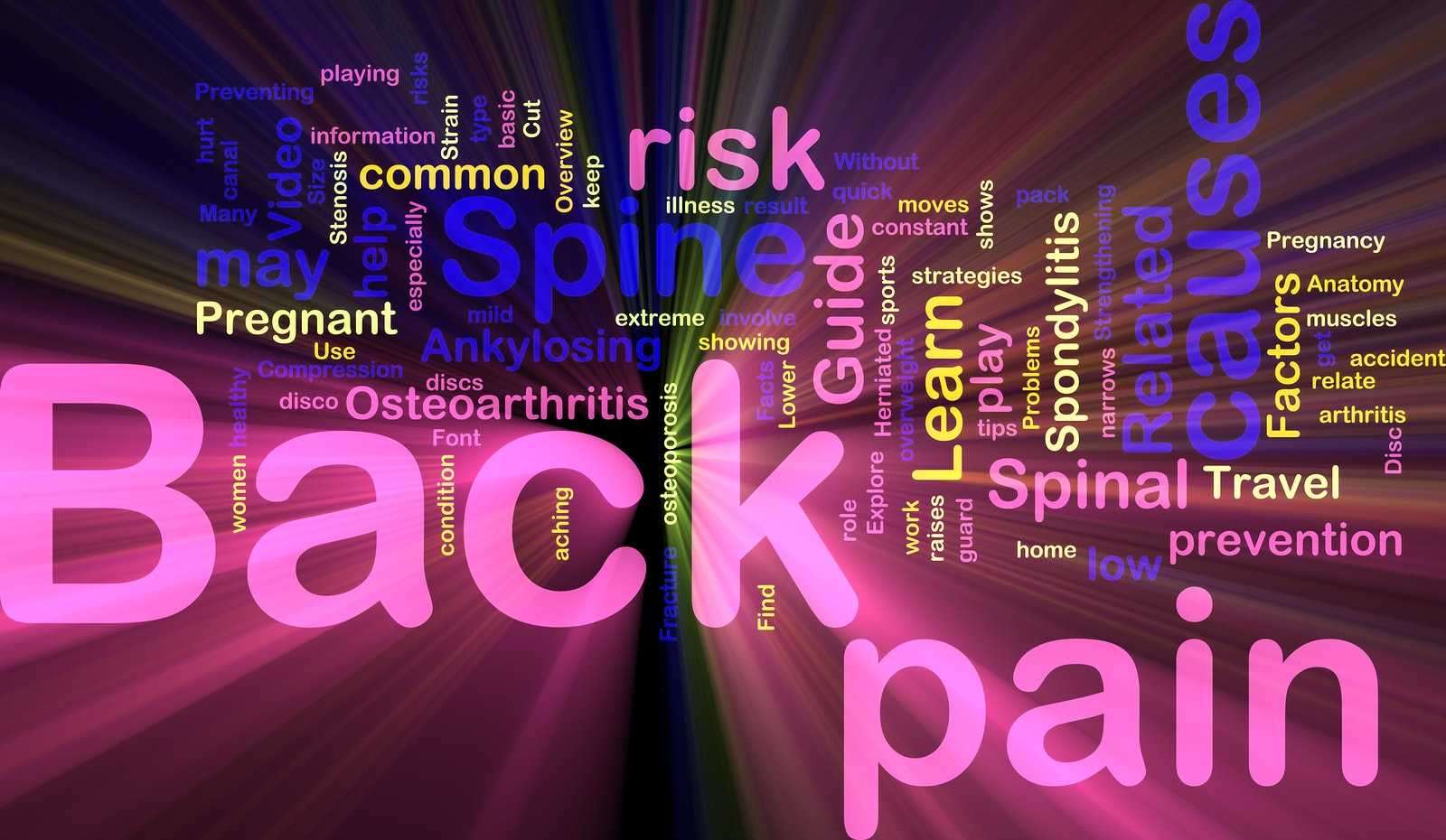
Beds and Back Pain
It has long been known that eight hours of sleep is recommended in order to allow the body to fully recover from a day’s activities. This means that most people spend one third of every 24 hour day in bed. There is no wonder why a comfortable sleeping arrangement can be imperative to a pain free back. There are a number of reasons why certain people do better with certain types of beds and there are many supports and bed designs that will allow almost anyone to find comfort while sleeping.

Degenerative Spondylolisthesis
Degenerative Spondylolisthesis is a back condition that may cause the lumbar, thoracic, or cervical areas of the spine to compress. This can cause pain while a person is trying to sleep as well as cause the back to feel stiff during the morning hours. Beds that allow for angular sleeping adjustment can be a cure for this pain as it can be helpful to sleep in a reclined position. Products that provide knee support while sleeping can also be utilized to minimize the painful effects of degenerative spondylolisthesis.

Osteoarthritis
Arthritis is the leading cause of disability in America as approximately 21 million people suffer from this particular form, osteoarthritis. Osteoarthritis is caused by cartilage breakdown that causes pain in the joints of the body. This breakdown leads to pain in the hands, hips, knees, lower back, and feet. Adjustable beds can allow osteoarthritis sufferers to make adjustments until a comfortable sleeping position is found. This sound rest can relieve the pain associated with morning stiffness and allow the person to enjoy their day actively.
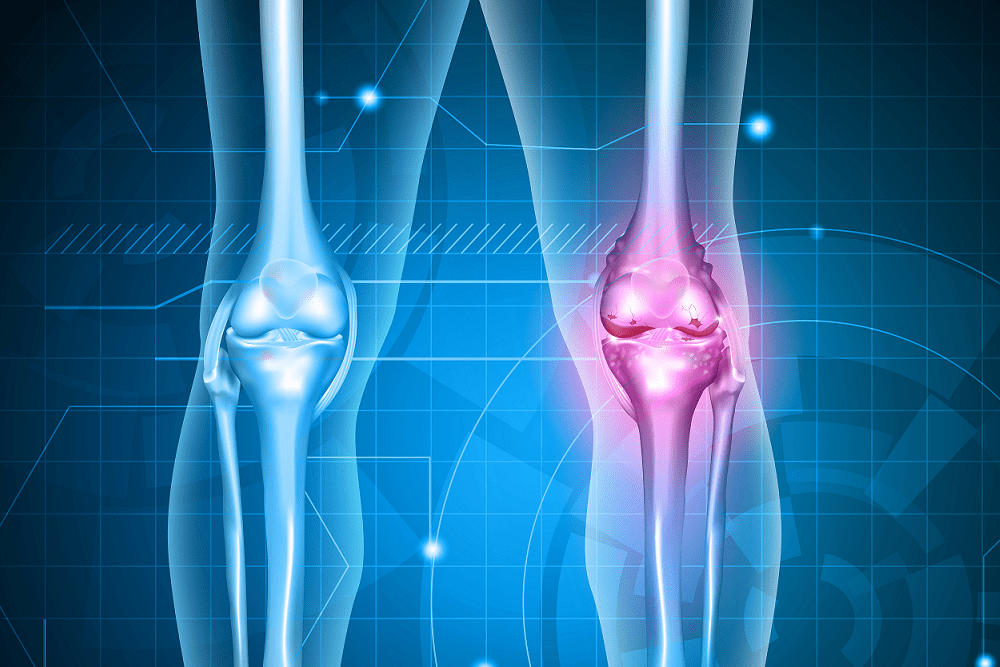
Spinal Stenosis
Spinal stenosis occurs when areas of the spine becomes narrow. This applies pressure on the spinal cord which results in pain. This narrowing is often a byproduct of the aging process, but can also be caused by injuries and tumors. Because of the way in which pressure is applied to the spinal cord, most people feel less pain while their back is flexed forward rather than positioned perfectly straight. For this reason, normal beds which cause a person to lay flat may cause pain and discomfort. Adjustable beds can allow the person to position their sleeping surface at angles that naturally cause their back to bend forward. The result is less painful sleep and a more limber body the next day.
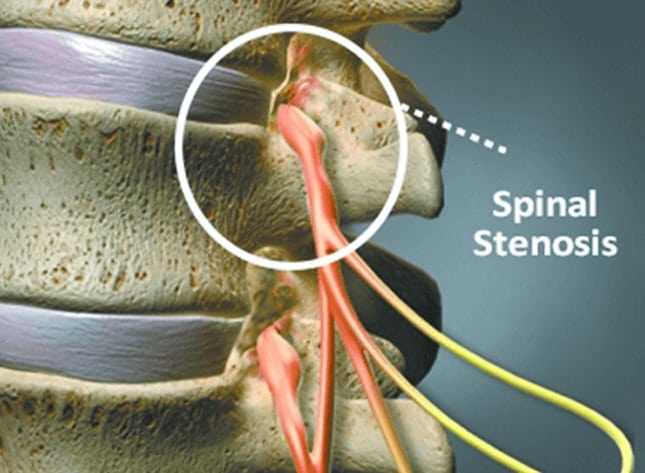
Sports and Back Pain
Physical activity can produce wear and tear on any part of the body. Sports often provide a reason for this physical wear and tear as many athletes engage in repetitive motions that can put strain on the back. Training for sports also poses increased risk to athletes as many exercises jar the spine and require extra work from the back muscles. Weight training can be particularly dangerous as lifting heavy weights without proper form can cause injuries to the neck and spine as well as produce sprains and strains of the muscles in the back. Sports such as golf and baseball require the twisting and turning of the spine and back muscles and if done improperly, can lead to pain and injury. While sports are very good ways to improve the body’s overall physical condition and strength level, they do provide a degree of risk to athletes who overexert their bodies or do not use proper techniques.

Back Injury
Almost 20 percent of all sports injuries occur to the neck or back. Running and weightlifting are two of the more common sports that are the cause for problems associated with the lumbar spine located in the area of a person’s lower back. Sports such as football, boxing, and hockey are some of the leading sports contributing to injuries to the neck or cervical spine.
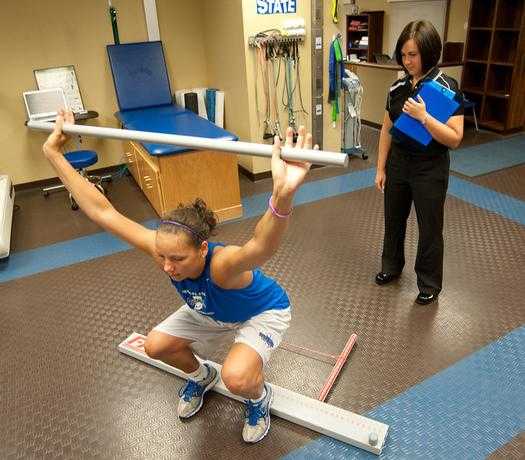
Injury Prevention
Proper technique is one of the best deterrents to back pain caused by sports. When lifting weights, always maintain good posture, keep the back straight, and avoid twisting when doing lifting exercises. This disperses the strain evenly across the entire back. Weight belts can be used to help support the back as well. Talk to trainers and coaches who are knowledgeable about the proper motions that should be executed during various physical activities needed to play a sport successfully in order to minimize back damage that is done due to incorrect practice routines. Always begin practice routines with stretching exercises and ease into the physical activity slowly. Cool down and warm up periods allow the muscles of the back to receive increased blood flow which can prevent injury.
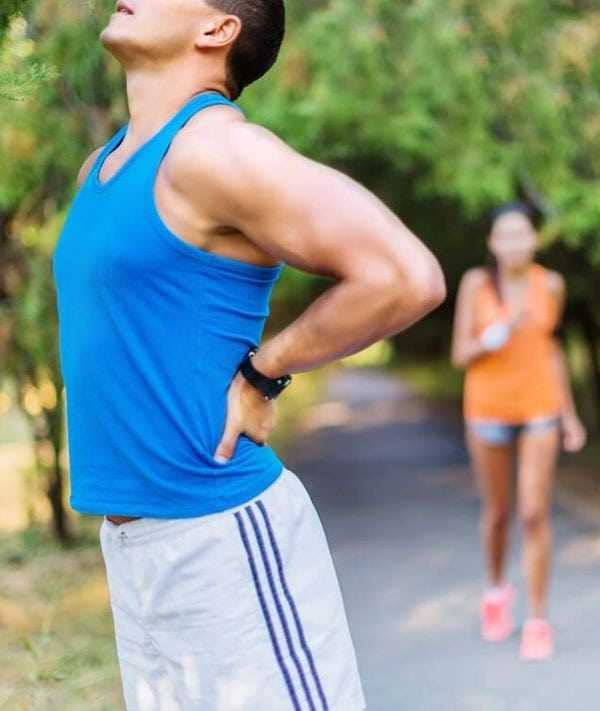
Pregnancy and Back Pain
Pregnant women can suffer back pain associated with the growing size of their stomachs which produce an imbalance in body weight. This imbalance creates extra strain on the muscles and bones in the back. Even after birth, infants can cause back pain due to the constant holding required to breast feed and maintain the infant’s level of comfort. Traveling with a newborn also presents a problem as car seats and other devices designed to help with the transport of infants can be heavy and awkward. With approximately 50 percent of all pregnant women developing back pain it is easy to see why back pain among mothers is of medical concern.

Painful Regions
The pain felt in the lumbar region is caused by the increased weight that the unborn infant causes the mother to support. Pelvic pain is caused by hormones released into a pregnant female’s body and can be a contributing factor to back pain. By the evening hours, the legs of expectant mothers are usually swollen due to blood pooling caused by enlargement of the blood vessels. This buildup of blood in the lower region of the body can be a significant source of back pain.

Treatment
Good posture can help an expectant mother distribute the extra weight of pregnancy over her entire body. Stretching exercises can be done to help improve pain symptoms, but should not be done while lying on the back for mothers that are in their third trimester. Shoes can be a cause of the pain as well. Expecting mothers should avoid using high heels and opt for cushioned and supportive shoes. When lifting infants flex the knees rather than bending at the waist. This will allow for the lifting muscles of the legs to be utilized rather than the back. Pillows can be placed under the hips during sleep to improve posture and to allow for a more comfortable resting position. As with exercise, lying flat on the back is not recommended during sleep as it can reduce blood flow to an unborn infant. Elastic stockings can provide support while maintaining a busy schedule can help keep the mind off any pain or discomfort that is experienced during pregnancy.
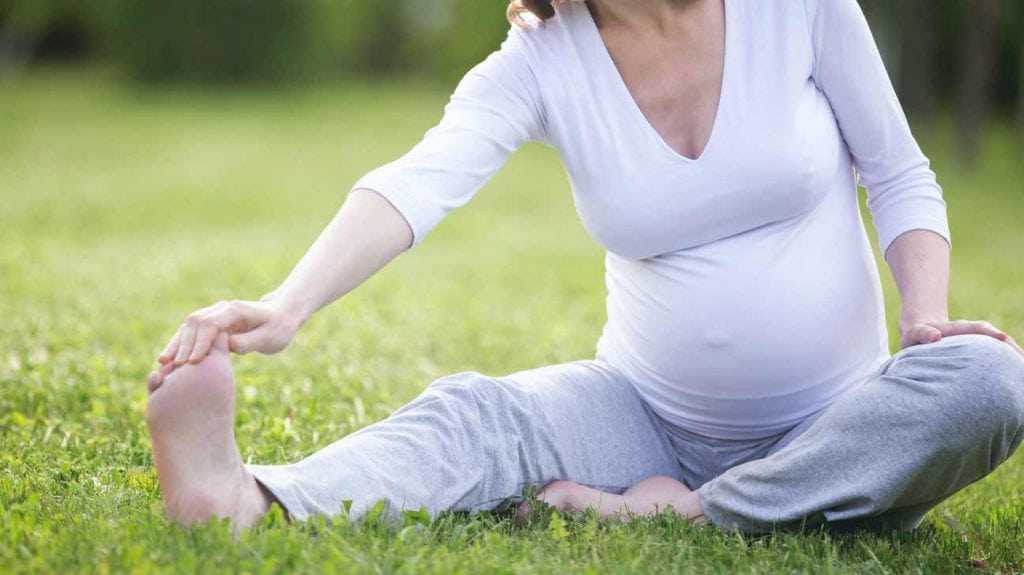
Travel and Back Pain
The back and neck can be put into awkward positions when travelling. Cramped planes or buses can cause people to sit in uncomfortable positions for long periods of time. Long car rides can cause muscles to become stiff and some seat positions can be better than others for neck and back comfort. The following tips can help those individuals who wish to reduce the amount of stress, along with back and neck pain, associated with travel.
Car Travel
The seat should be adjusted so that it is as close to the dash board as possible to allow for safe driving and comfortable riding. There should be a gap between the outside portion of the thigh and the seat. Buildup of blood in the lower extremities can contribute to back pain. To eliminate this problem, perform exercises with the legs while riding. This can be done by extending the toes to as wide as possible and pausing for 10 seconds. Another helpful exercise involves tightening and releasing the leg and thigh muscles along with the muscles of the buttocks. The shoulders can be rolled to alleviate neck tension and increase blood flow to the upper area of the back. These exercises can be done without jeopardizing safety because they allow the driver to remain focused on the road.
There are back supports designed for car seats and they should be utilized to help support the lower back. Avoid arm tension by moving the fingers and switching the position of the hands on the steering wheel periodically. This will help the overall blood flow of the body which inevitably helps the back. Pillows can be placed behind the neck in order to support the upper portion of the back and to provide better posture. Finally, take rest stops, allowing for stretching of the back and leg muscles.
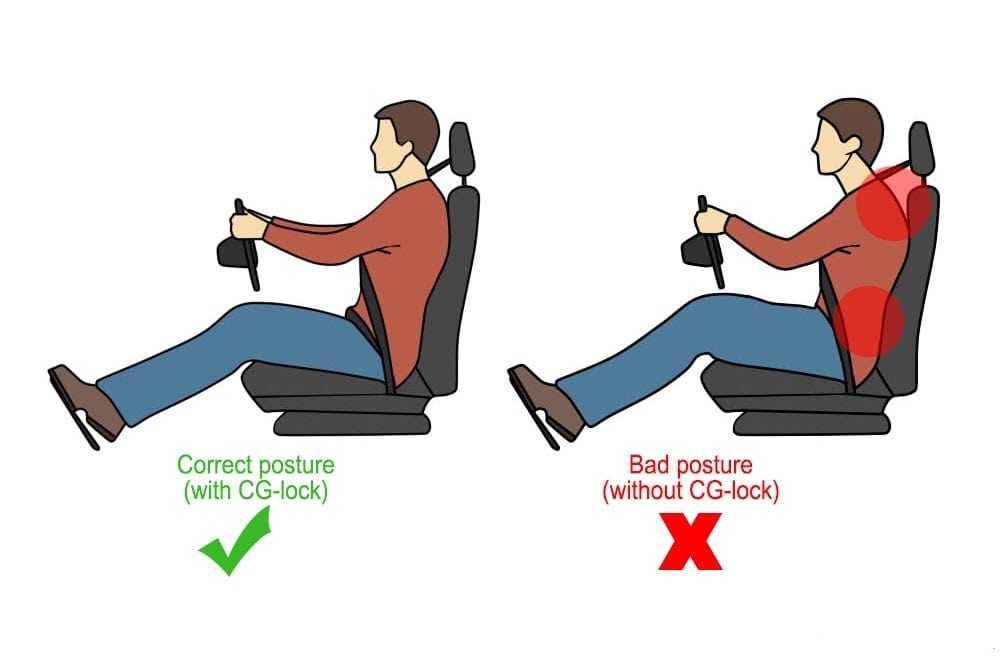
Plane Travel
Use pillows or blankets provided by the airline to support the lower back as well as the neck. Avoid carrying heavy luggage onto the plane. The strain of lifting the heavy baggage in a cramped airplane cabin can cause back strains. Periodically, change seating positions and massage the lower extremities of the body to increase blood flow and eliminate tension. Avoid direct air flow from the overhead controls as the air can cause the neck muscles to stiffen.
Kidney Stones and Back Pain
Some people can mistakenly believe that their back pain is related to muscle or bone problems when, in fact, the cause could be kidney stones. This can lead to long periods of misdiagnosis that can cause the individual much pain.
About Kidney Stones
Kidney stones usually begin to produce pain in a person’s back or side. This pain can be accompanied by vomiting, burning during urination, the presence of blood in the urine, and the need to urinate frequently. Approximately 10 percent of Americans have kidney stones each year and one third of those that do have kidney stones require hospital care. In fact, almost 10 out of every 1,000 patients admitted to a hospital suffer from kidney stones.

The Kidney
Normal individuals have two kidneys each about the size of a large apple and shaped, not surprisingly, like a kidney bean. There are two tubes that connect the kidney to the bladder. The kidney has almost 40 miles of tiny tubing that handles 100 gallons of blood per day. The kidneys serve as a cleaning mechanism for the blood as they filter out unwanted substances and produce urine. When there is an overabundance of crystals in the kidney that cannot be dissolved in water, these crystals begin to compound each other to form kidney stones. Often it can take months or years before the kidney stone begins to cause pain and urinary complications. Most stones appear yellow or brown in color and can come in sizes up to as big as ping pong balls.
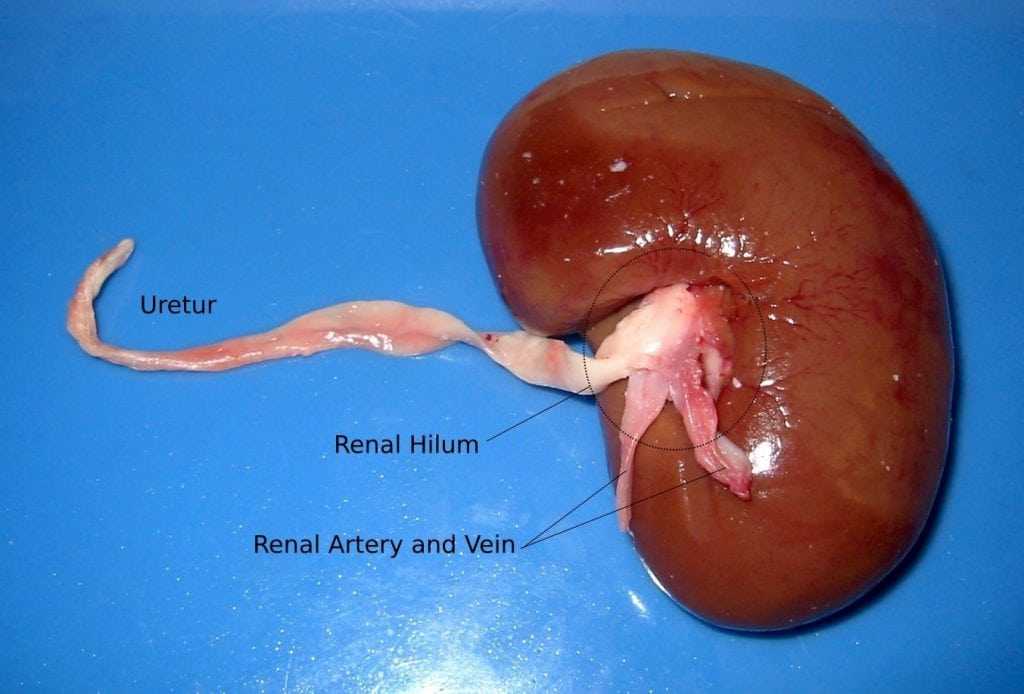
Who is at Risk
Contrary to popular belief, women suffer from kidney stones as well as do men. One out of every five kidney stone cases involves a female. However, males between 20 and 60 years of age are at the highest risk for developing kidney stones.
Types of Kidney Stones
The most common type of kidney stone is made of calcium oxalate or phosphate. These types of stones make up 70 to 80 percent of all kidney stone cases. Struvite stones are commonly found in women and make up 10 to 28 percent of all kidney stone cases. Uric acid stones account for 5 to 13 percent of kidney stone cases, while cystine stones make up only 1 to 3 percent.
Back Pain Medication
At times, medication is needed to relieve back pain during recovery or while a patient is waiting to have surgery. These pain medications can give patients the comfort to rest as well as perform some of their normal physical activities. However, these medications are not wonder drugs and do have some significant side effects.

Non-prescription Drugs
These drugs are available at most local pharmacies. One of the most common over-the counter drugs is called acetaminophen. Acetaminophen works to prevent the brain’s pain receptors from working normally and thus fools the brain into believing there is no pain present. This drug is most known for its use in Tylenol and is preferred because of the limited number of side effects that it produces. It has no addictive qualities and tolerance to the drug is not built up by extended use. Many people experience no allergic reactions to acetaminophen, but patients with liver problems should use the drug only under supervision of a physician. No patient should ever take above 1,000 milligrams during a four hour time span because of the harmful effects that the drug can have on the liver.

Non-Steroidal Anti-Inflammatory Drugs (NSAIDs)
These drugs are used to relieve pain by reducing the inflammation that is frequently associated with back pain. Ibuprofen, Naproxen, and COX-2 inhibitors are three examples of NSAIDs. These drugs can be found in medications such as Celebrex, Aleve, Motrin, and Advil. Naproxen and Ibuprofen can be hard on the stomach and can also cause blood thinning. COX-2 inhibitors have the advantage of not causing the blood to thin and are also easier on the stomach.
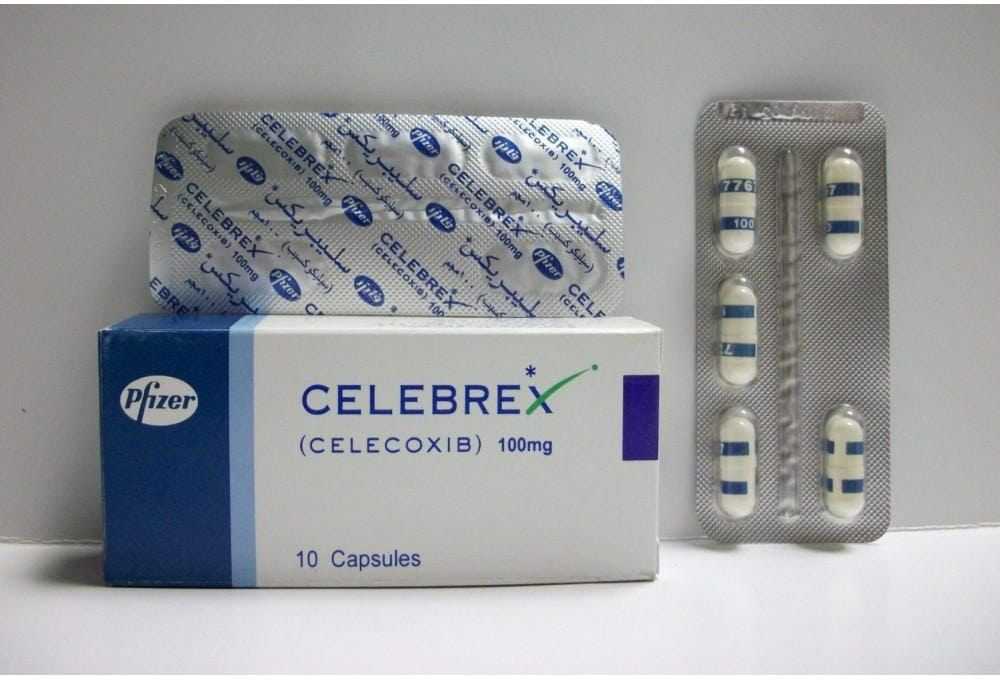
Prescription Medication
For those who suffer from severe back pain, doctors can authorize the use of prescription medications. Narcotics can be prescribed, but have addictive attributes. Some of the more common narcotics available are codeine, propoxyphene, hydrocodone, and oxycodone. These narcotics can be found in medications such as Tylenol #3, Darvocet, Vicodin, Percocet, and Oxycontin. These narcotics can be highly effective at acceptable doses for approximately two weeks before the body begins to build up a tolerance to the drugs. Therefore, narcotics are only used in the most severe cases of pain and for minimal periods of time to decrease the risk of addiction.
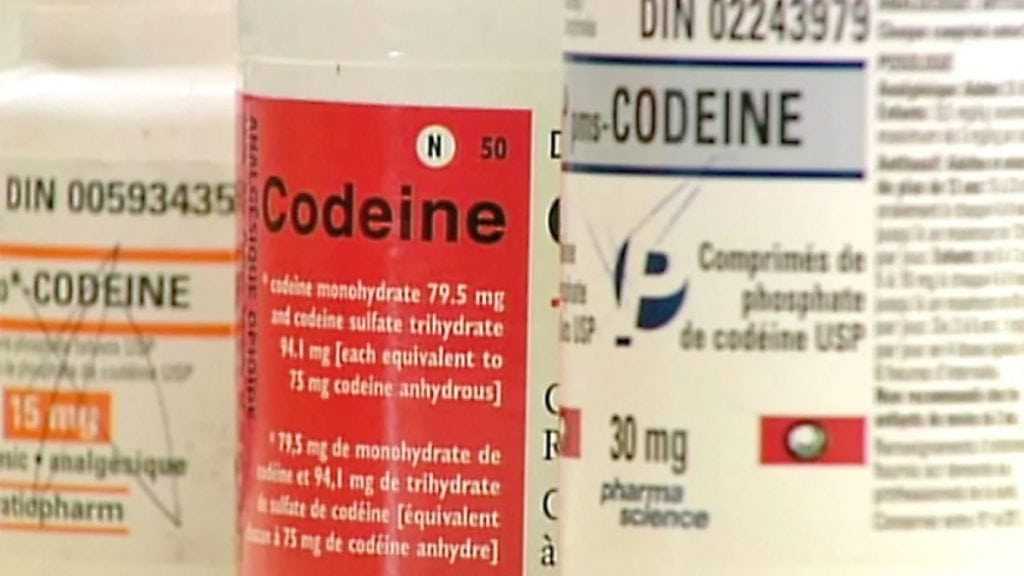
At Home Therapy
Not all back therapy requires the aid of a professional therapist. There are some exercises, therapies, and devices that can be used by the average individual.
Exercise Balls
Exercise balls are used for patients as a rehabilitation device. Individuals can go through various exercise routines that require the body, specifically the back muscles, to provide stability. Because of the unstable nature of the exercise ball, muscles are constantly adjusting to provide the body with balance. These adjustments, sometimes small, prove the effectiveness of using an exercise ball. The exercise also teaches individuals the importance of maintaining proper spine position during exercise as certain motions cannot be preformed without the proper position. Some exercise balls are not inflated but are made of vinyl, plastic, or foam rubber in order to prevent punctures. The inflatable exercise ball offers the advantage of being easily deflated and stored. This can allow a person to carry their exercise ball on trips and also takes up less storage space in the home.
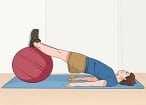
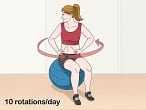

Application of Heat Therapy
One of the most important aspects of the application of heat therapy is temperature. The heat source should not be so hot that the skin is burned or irritated. A moderately warm heating device is recommended for best results. There are two types of heat therapy options available. Dry heat can be found in devices such as heating pads, but can often dry out the skin. Moist heat is found in therapies such as steam treatments or via warm, moist towels. It is purely the preference of the individual as to which type of therapy provides the best results.

Heat Devices
Hot water bottles can be heated in the microwave and stay warm for approximately 20 to 30 minutes. Electric heating pads provide dry heat that remains constant for as long as the individual wishes. Gel packs can also be heated in a microwave or placed into hot water and offer heat therapy that lasts about 30 minutes. Full body immersion techniques, such as saunas, baths, and hot showers can provide heat to the entire body, relaxing all of the body’s muscles. This can provide back pain relief as well as an overall feeling of relaxation.
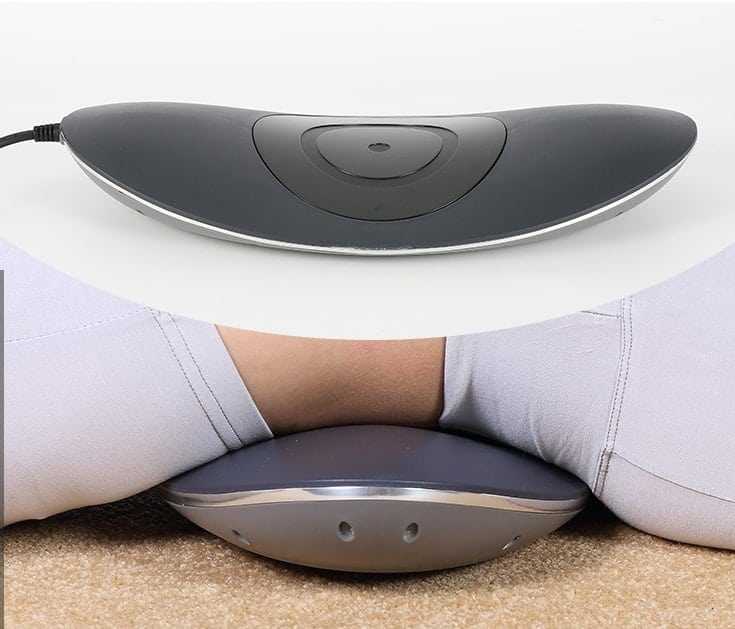
Yoga
Yoga has become a popular form of treatment for back pain sufferers. Yoga originated in South Asia as a way to achieve a positive relationship between the mind, body, and the natural world. The various aspects of yoga can be used to improve a person’s overall health. Assana is a name for the aspect of yoga that focuses on posture. Improvement in one’s posture can lead to decreased back pain. Other parts of yoga such as dhyana, dharana, and samadhi concentrate on mental focus and meditation that can allow an individual to overcome back pain.
Technique
Yoga poses should be performed gracefully and with balance. Breathing techniques typically accompany these poses as the inhaling and exhaling of air serves to relieve tension and increase oxygen supply to various muscles.

The Cat Pose
The cat yoga pose can be beneficial for relieving back pain. The cat yoga pose begins with an individual placing their hands and knees on the floor so that the person resembles a cat standing on all fours. The stomach is then dropped towards the floor while maintaining the catlike position. The head is lifted upward so that the eyes can gaze at the ceiling. After holding this pose for 10 seconds the spine is brought back upward and the head is moved so that it is tucked between the shoulders. This position is held for 10 seconds before returning to the original position. During the downward movement of the stomach area, the individual should inhale while exhaling should occur during the lifting motion of the spine. All breathing and movement should be done slowly, with relaxation being emphasized.

The Cobra Pose
This pose begins with the individual lying flat on her stomach. The palms of the hands should be placed on the floor with the elbows extended. The upper torso should then be pushed up by the arms while the lower body remains face down. This will create an arch in the back that will cause the person to resemble a cobra about to strike. The pose should be held for 10 seconds before returning to the initial position. The cobra movement stretches the back and abdominal muscles which often allows for pain relief.

Pain Relief Devices
There are a number of devices and therapeutic products on the market that can both prevent and relieve back pain. Some devices remove pressure from the back while others use electrical impulses to ease pain and muscle tension. The following outlines some of the more effective electrical devices.
TENS Unit
TENS is an acronym for Transcutaneous Electro-Nerve Stimulator. These are the most commonly prescribed electrical devices used to send lower frequency waves into the back in order to produce pain relieving effects. They are helpful to most people who suffer from mild back problems, but in some instances other more powerful devices, such as interferential current and high voltage galvanic stimulators, must be used to relieve pain caused by deep tissue problems.

Interferential Current
This type of electrical stimulation differs from that used by a TENS unit because of the higher frequencies of the wave forms that are put into the back. These higher frequencies allow for deep penetrating pain relief that cancels out electrical pain impulses that are being sent from the nerve endings in the back to the brain. A TENS unit typically uses impulses of 2 to 160 hertz per second where interferential stimulators deliver one wave at a frequency of 4,000 hertz per second along with a second wave that can be adjusted between 4,001 to 4,400 hertz per second. This higher frequency causes skin resistance to be less of a factor, allowing the interferential stimulator to provide a less painful and more comfortable treatment for back pain than a TENS unit would. This also allows the interferential current to get to the root of back pain problems that are caused by problems that lie deeper below the skin than those a TENS unit is capable of relieving.
High Voltage Galvanic Stimulation
This type of high voltage stimulation is similar to interferential current in that it allows for deep tissue treatment. Approximately 100 volts can be pulsed for a very short period of time into the tissue that has been causing back pain. This cuts down on the amount of resistance caused by skin. This type of stimulation is created with direct current instead of the alternating current used by both the TENS units and inferential stimulators. The first of these high voltage galvanic stimulators was developed in 1945 by Bell Telephone Laboratories.

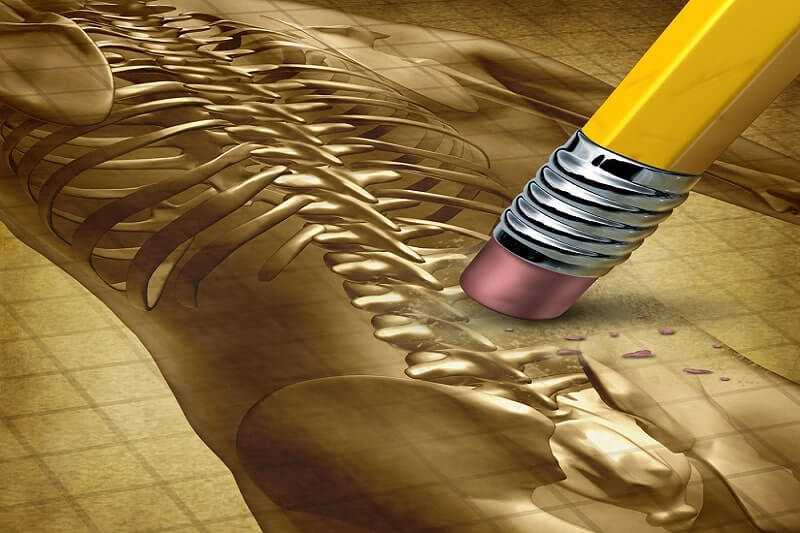
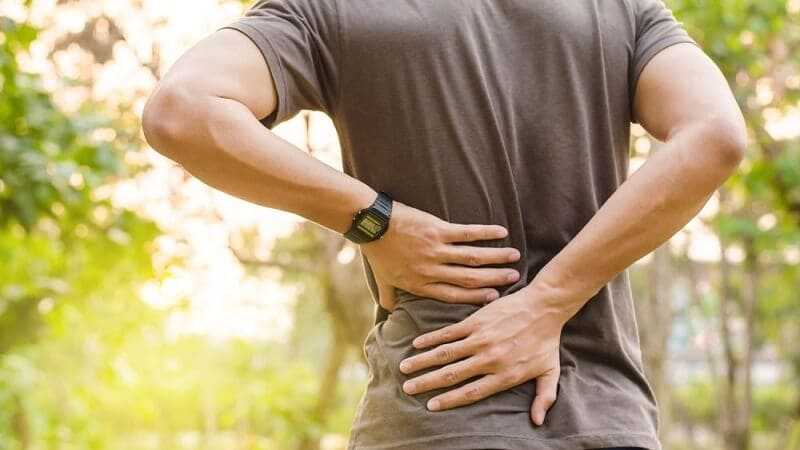

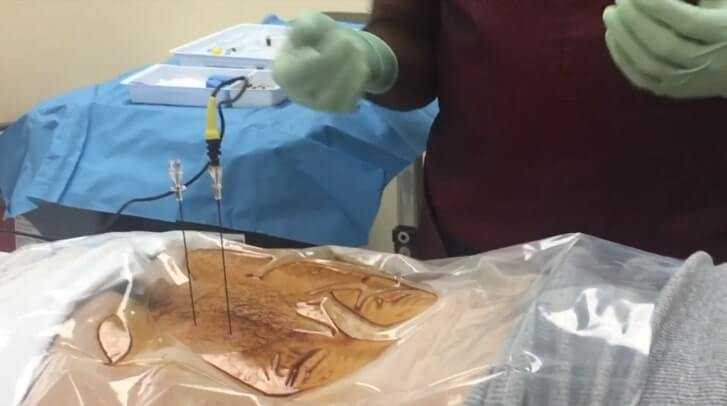
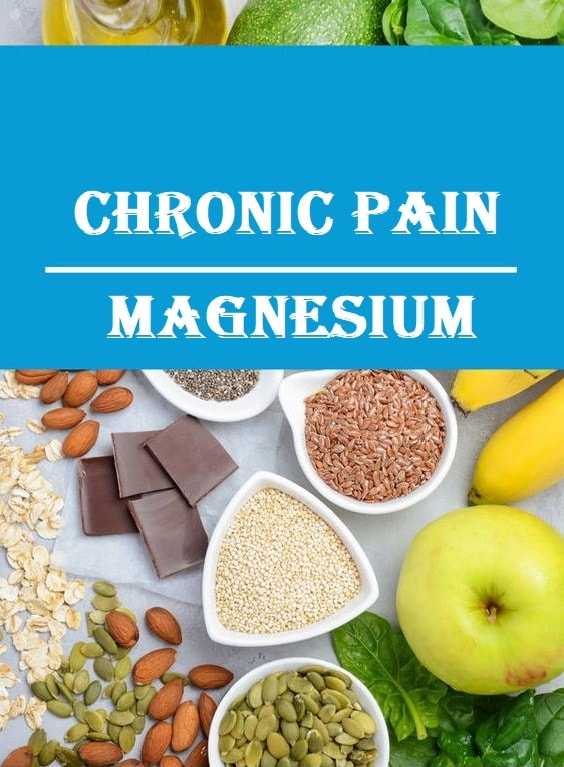
Hey man this is an illuminating post about back pain. I love you brilliant website. Keep going sharing.
Thank you. I hope it helps.